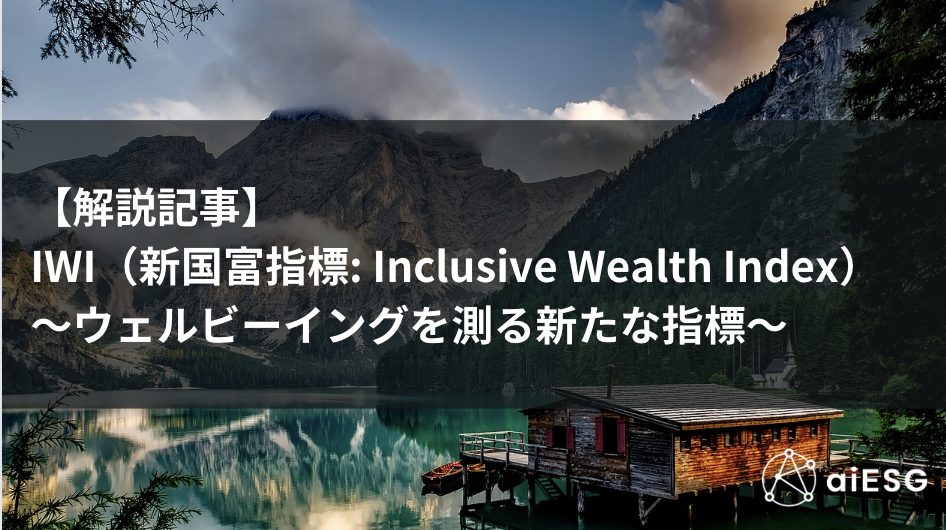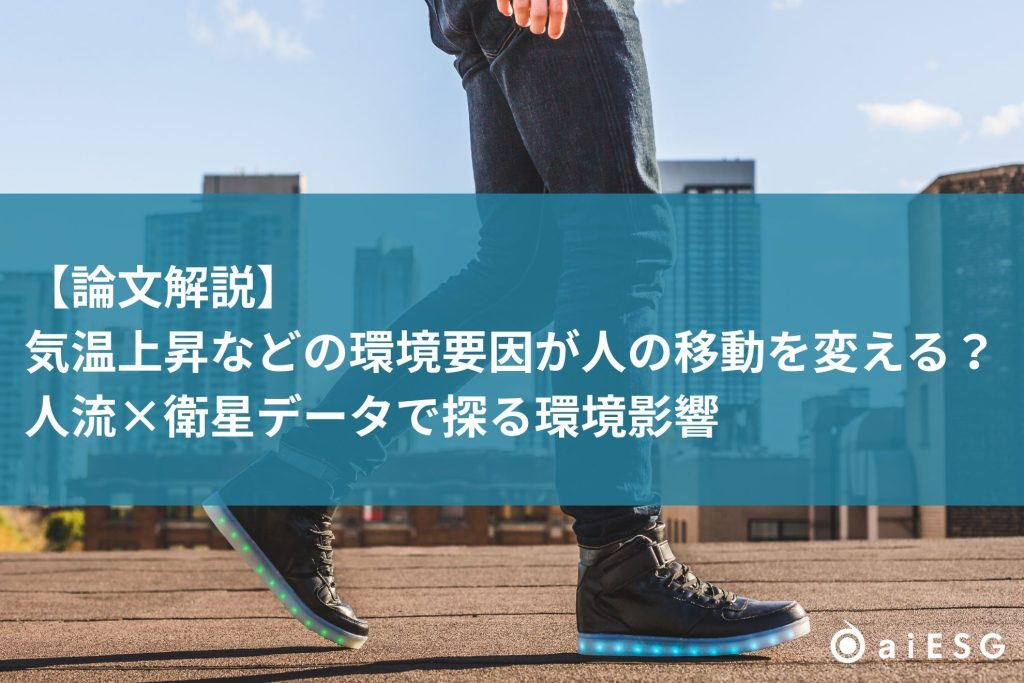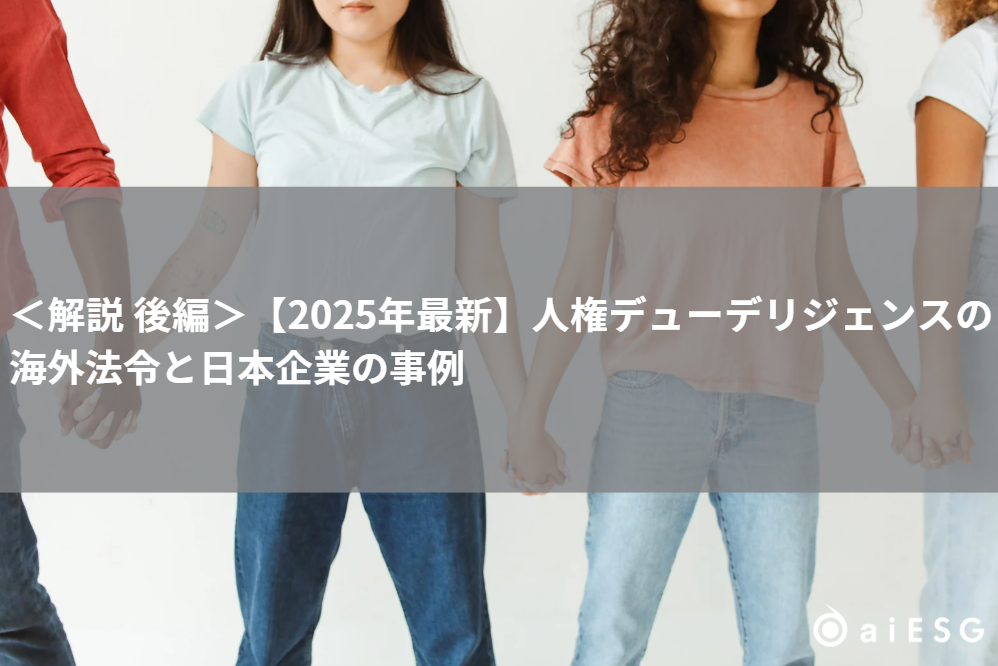INDEX
In recent years, the term "well-being" has been increasingly heard. It is sometimes translated as "welfare," with the connotation of something that contributes to people's well-being. Until now, "affluence" has been evaluated using the increase in gross domestic product (GDP) as an indicator, but well-being, such as health, has not been sufficiently taken into account in GDP. Therefore, the "Inclusive Wealth Index (IWI)," an index that takes into account inclusive wealth that contributes to human well-being, is beginning to be used.
IWI (new national wealth index) expected to be an indicator to measure progress on the SDGs
In order to properly and sustainably promote "development" as outlined in the SDGs, a variety of economic models and policy tools are needed. A series of processes to comprehensively evaluate efforts and revise the content of efforts and goals are extremely important. The United Nations has adopted the "Inclusive Wealth Index (IWI)" developed by Kenneth Arrow, Nobel laureate in economics, and Persa Dasgupta, author of the Dasgupta Report published in the United Kingdom, as a method for comprehensive evaluation. The IWI attempts to measure the overall wealth of a country or city by quantifying it as a stock of three indicators: "man-made capital," "natural capital," and "human capital.
In Japan, "regional development driven by the SDGs" has been set forth in the "Second Comprehensive Strategy for Town, People, and Work", and each local government is trying to achieve both sustainable community development and the achievement of the SDGs. Referring to the new national wealth concept, the SDGs will be sustainable if average wealth per capita increases, while the SDGs will be unsustainable if it decreases.
Figure 1 shows the economic flows and stocks assumed by IWI (new national wealth); IWI (new national wealth) and welfare have a stock/flow relationship, with wealth generating welfare.
First, wealth is used for annual production activities in a given society. This wealth consists of three types of stock: man-made capital such as factories and machinery, natural capital such as forests and farmland, and human capital such as education and health, which are used in production activities to create flows.
IWI utilized by municipalities and companies
What local governments need when implementing projects, including those to achieve the SDGs, is an explanation that is acceptable to local residents and some measure of the effectiveness of the project. This is where the adoption of the new national wealth index is gaining ground.
The Urban Research Center of Kyushu University has been promoting urban development in collaboration with local governments such as Hisayama Town, Miyawaka City, and Nogata City (both in Fukuoka Prefecture) using the IWI (New National Wealth Index). (Table 1)
Table 1 Municipalities using the IWI (new national wealth index)
Miyawaka City has set "Assets per citizen in the new national wealth index: 31 million yen (FY 2015) → 32.55 million yen (FY 2024)" as a numerical target for the basic goal IV "Formation of a sustainable and vibrant regional society" of the "Second Miyawaka City Comprehensive Strategy for Urban, Human, and Cultural Development" for 2020. Nogata City is also utilizing this indicator in the "6th Nogata City Comprehensive Plan" starting in FY2021. This is the first time in Japan that a comprehensive plan is utilized in Nogata City.
In corporate activities, for example, human capital is utilized. Employee well-being is an important management resource and one of the key indicators for understanding corporate activities. (Chuo-ku, Tokyo), which operates the "Hataraku wo Yasuyasu®" support business for companies, and the Urban Research Center of Kyushu University jointly developed an index to measure corporate value by quantifying the mental health status of "workers" (employees) who are responsible for corporate activities as human capital. A project has been initiated to present the ideal and effective stress and mental health measures that will enhance the sustainability of companies.
ESG disclosure required by companies
You are probably aware that in recent years, companies have been required to address environmental, social, and governance (ESG) issues. In the global stock market, investors are also changing their approach and moving toward sustainable investment that emphasizes these perspectives.
One of the problems with sustainable investing is that it is more difficult to gather information than investing in general stocks and bonds. In addition, standards and methods for gaining understanding by a broad range of investors and companies are still developing. On the other hand, growing interest has led to social demands for public disclosure of information items such as corporate disclosure regulations, fiduciary responsibility, investment eligibility, and ESG risk management. For example, the Task Force on Climate-related Financial Disclosures (TCFD), which was established as a framework for understanding and disclosing financial impacts of climate change, has been working on four areas: "Governance," "Strategy," "Risk Management The Corporate Governance Code revised in 2021 requires prime market listed companies to disclose information in accordance with the TCFD recommendations. Also in 2022, the Taskforce on Nature-related Financial Disclosures (TNFD) published a beta version of a framework for the management and disclosure of nature-related risks.
Sustainable investment and new national wealth are interrelated in the pursuit of current wealth (i.e., financial returns) and future wealth (i.e., social positives), and both seek long-term economic prosperity that takes into account social and environmental factors. Increased sustainable investment in sustainable and socially responsible companies will lead to increased new national wealth.
Quantifying the invisible, such as human rights
The neglect of human capital and natural capital, which used to be non-financial assets, has become a risk for companies.
One company that disregarded human rights and suffered very large losses was a major U.S. apparel company that was exposed in 1997 for its forced labor and child labor problems. Long working hours and child labor at factories in Indonesia and Vietnam, where the company outsourced its operations, were discovered, leading to a worldwide boycott campaign. It is estimated that losses due to this issue amounted to 1.4 trillion yen. Elsewhere, in 2013, more than 1,100 people died in Bangladesh in the collapse of an illegally constructed building that housed several factories subcontracted by apparel companies from around the world. Low wages, poor working conditions, and forced labor......, these were not only financial losses, but also the loss of vital human capital: human lives.
Child labor problems also occur in mining. For example, in the Republic of Congo, children are forced to work in the mining of mineral resources such as cobalt, gold, and tin ore, according to the U.S. Department of Labor's report on child labor, "Study on the Worst Forms of Child Labor.
The report "Child labor: global estimates for 2020, trends and future challenges" published by the International Children's Fund (UNICEF) and the International Labor Organization (ILO) in 2021 defines child labor as the engagement of 5-17 year olds in 39 hazardous industries and occupations, including forestry, mining, and machinery maintenance, and in long hours of work of 43 hours or more per week The law defines child labor as the engagement of children between the ages of 5 and 17 in 39 hazardous industries and occupations, including forestry, mining, and machinery maintenance, as well as in long working hours of 43 hours or more per week. It then reported that an estimated 160 million children (63 million girls and 97 million boys) are engaged in child labor worldwide by the beginning of 2020. It further noted that the number of children aged 5-11 engaged in child labor accounts for more than half of the total number, or 89.3 million.
Failure to address not only human rights issues but also ESG directly leads to corporate risk. In Japan, disclosure of human capital information has become mandatory for major companies that issue "Annual Securities Reports" under the Financial Instruments and Exchange Law after the March 2023 settlement.
As ESG initiatives are required for products and services that trace back through the supply chain, and the importance of natural capital management and human capital management is increasing for organizations as a whole, there are a wide range of issues that need to be considered, and there may be limits to what a company alone can pay attention to. Therefore, ESG analysis, including the impact on capital, can be conducted quantitatively based on data to avoid risks in advance.
By valuing government services and projects that contribute to the improvement of local social capital, as well as non-financial information in companies, the new national wealth index will help to promote a well-founded policy formation and corporate environment.
aiESG provides support ranging from analysis of ESG impacts tracing back through the supply chain, analysis using IWI (new national wealth index), capital impact analysis for use in natural and human capital management, to disclosure of non-financial information based on the analysis.
Please contact us if you have any questions about ESG-related information disclosure, regulatory compliance, or quantification for natural and human capital management.
Contact us:
https://aiesg.co.jp/contact/
Bibliography
Managi, S. and Kumar, P. (2018) "Inclusive Wealth Report 2018: Measuring Progress Towards Sustainability", Routledge.
(in Japanese history)https://www.taylorfrancis.com/books/e/9781351002073)
For an introduction in Japanese, see Shunsuke Managi (ed.), Valuing Affluence: Construction of a New National Wealth Index, Chuokeizai-sha, 2017.
Cabinet Office, Office for Promotion of Regional Development, 2020, On Promotion of SDGs for Regional Development, p. 20.
(in Japanese history)https://future-city.go.jp/data/pdf/sdgs/sdgs_ bk.pdf)
Dasgupta, P., A. Duraiappah, S. Managi, E. Barbier, R. Collins, B. Fraumeni, H. Gundimeda, G. Liu, and K. J. Mumford. 2015. "How to Measure Sustainable Progress," Science 13(35): 748.
Godo Kaisha Keizai Kenkyusho, 2020, Study on the promotion and development of initiatives for the co-creation of sustainable communities, p131.
Organizzazione internazionale del lavoro, & UNICEF.(2021). Child labour: Global estimates 2020, trends and the road ahead. ILO and UNICEF.
(in Japanese history)https://www.ilo.org/wcmsp5/groups/public/—ed_norm/—ipec/documents/publication/wcms_797515.pdf)
Related page
Report List : Regulations/Standards
https://aiesg.co.jp/topics/report/tag/基準-規制/
[Commentary] G20 T20 India2023 Policy Brief on Comprehensive Measurement of National Wealth Growth Using the New National Wealth Indicators
https://aiesg.co.jp/topics/report/20230530_t20india_report/
Explanation] What is TNFD? A new bridge between finance and the natural environment
https://aiesg.co.jp/topics/report/230913_tnfdreport/
Commentary] Alphabet Soup: The Disruptions and Convergence of Sustainability Standards
https://aiesg.co.jp/topics/report/2301226_alphabet-soup/
















